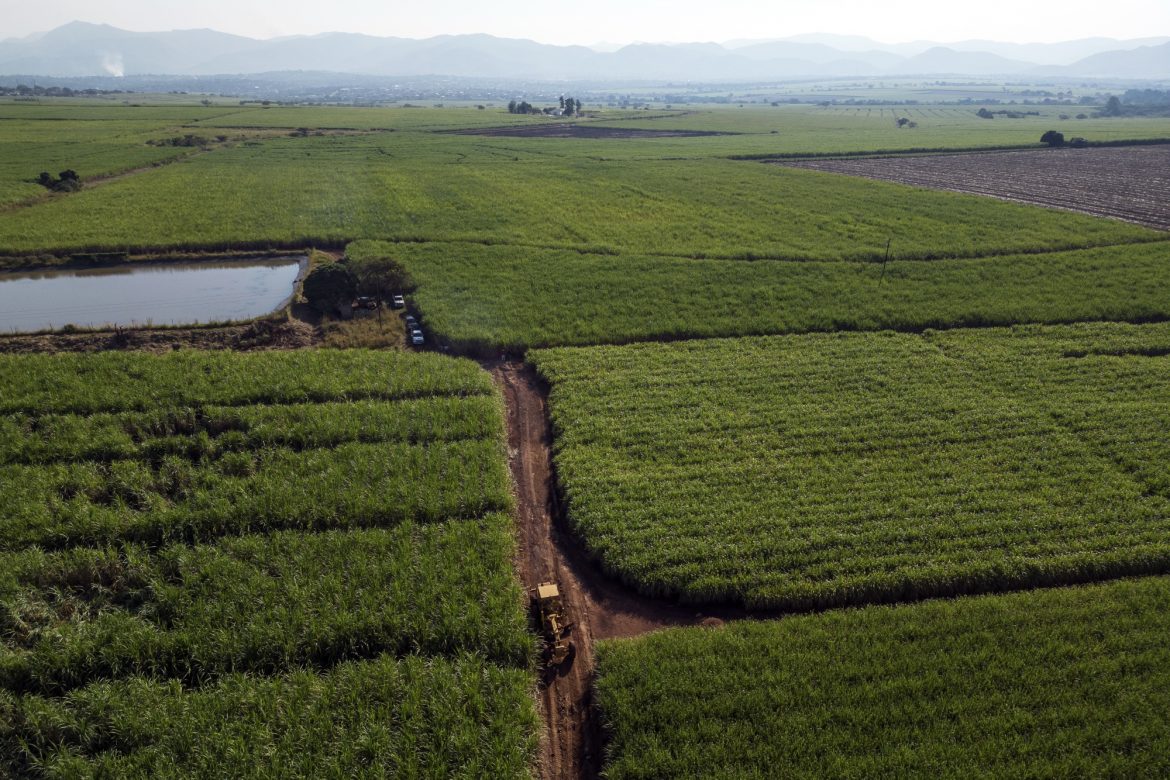Campaigners have warned that debt payments by the 50 countries most vulnerable to the climate crisis have doubled since the start of the coronavirus pandemic and now stand at their highest level in more than three decades.
According to the Debt Justice charity, countries at the highest risk of being affected by global heating were paying 15.5% of government revenues to external creditors – up from less than 8% before Covid-19 and 4% at their lowest recent point in 2010.
Using data from the World Bank and the International Monetary Fund, the charity said that its new report showed the urgent need for comprehensive debt relief so that poor countries could invest in measures to tackle the climate crisis.
“Record levels of debt are crushing the ability of the most vulnerable countries to tackle the climate emergency,” said Heidi Chow, the executive director of Debt Justice. “We need a rapid and effective debt relief scheme to cancel debts down to a sustainable level. The UK can play its part by legislating to ensure private lenders take part in international debt relief agreements.”
Read also: Enugu Govt unveils vision for green, sustainable future
For the 50 countries covered in the report, 38% of their external interest payments are to private lenders, 35% to multilateral institutions, 14% to China and 13% to other governments. Two rounds of comprehensive debt relief in the late 1990s and mid-2000s resulted in a sharp fall in the debt burdens of poor countries but repayments rose steadily in the 2010s before soaring from 2020 onwards.
Debt Justice cited several reasons for the new debt crisis. One is that the debt suspension scheme agreed by creditors at the start of the pandemic has ended, and the suspended debts are now due to be repaid.
Borrowers have also been hit by a rise in global interest rates from the rock-bottom levels of the 2010s. Also, the strong value of the US dollar has increased the relative size of external debt payments (which are mainly owed in dollars).
Story was adapted from the Guardian.
